Welcome to docking.org, software and data from the Shoichet and Irwin labs at UCSF!

The Shoichet lab seeks to bring chemical reagents to biology, combining computation and experiment.
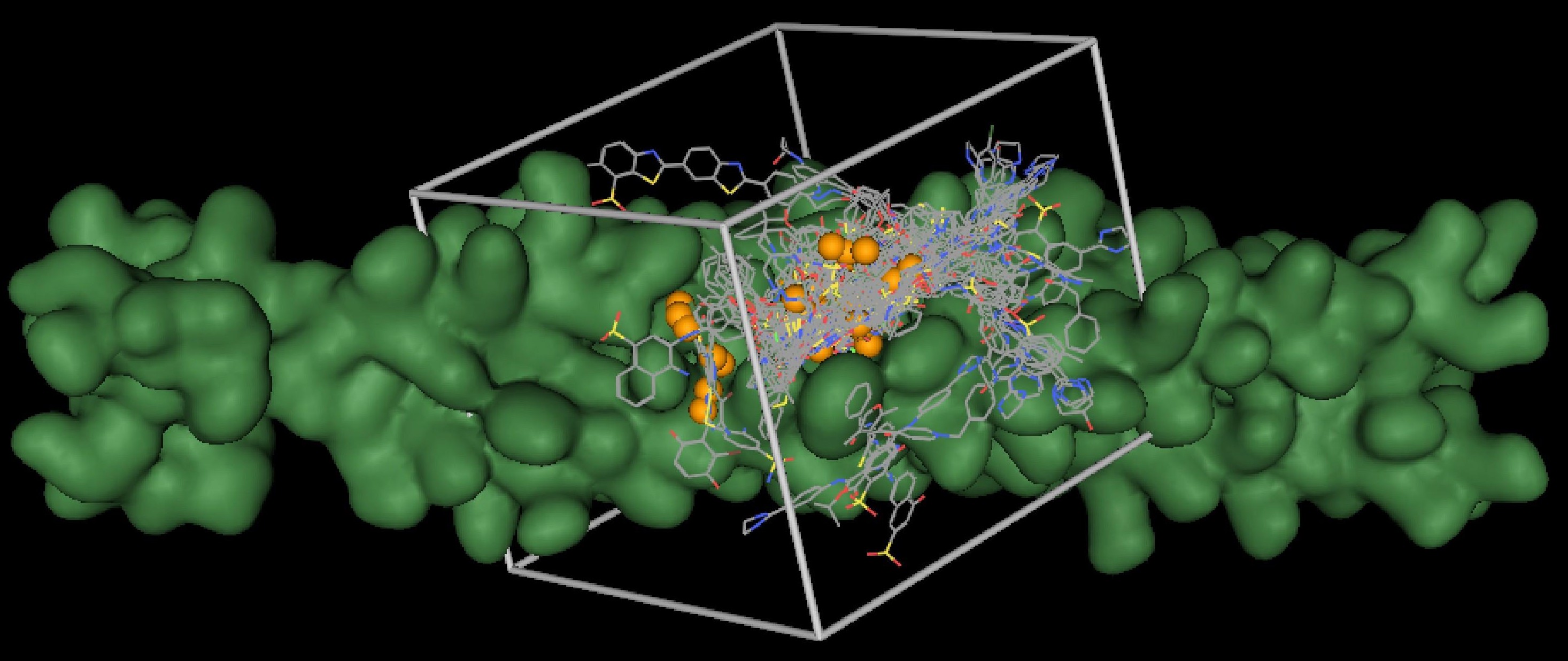
DOCK poses and scores small molecules in the binding site of a 3D protein model, sampling about a million poses, scoring with a p-chem scoring function, retaining the best pose, ranking the database for review. Two versions, similar in concept, dissimilar in code: 6.12 and 3.8.
ZINC is part of the AWS Open Data Sponsorship Program, for which we are very grateful. You can find both ZINC20 and ZINC-22 on AWS. The files may be used in the cloud, or downloaded anywhere in the world.
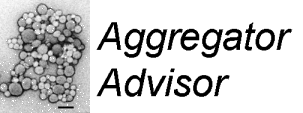
Aggregator Advisor identifies molecules that are known to form aggregates, or may form aggregates in biochemical assays. These can inhibit proteins non-specifically, wasting the investigator's time and money.
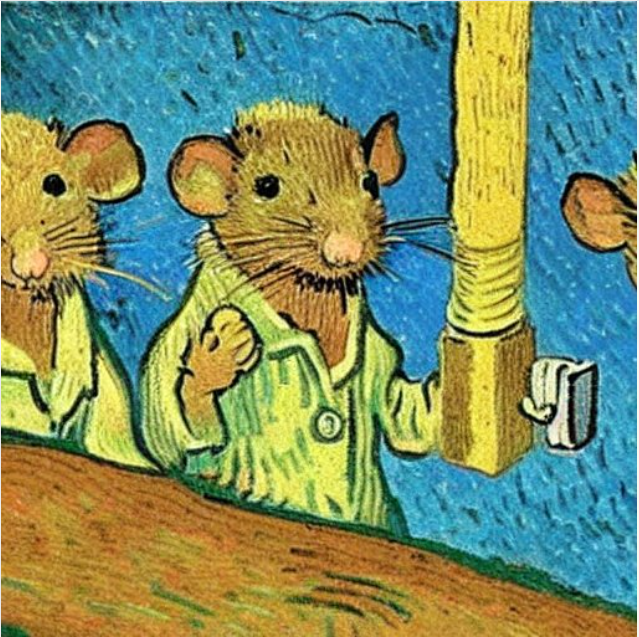
A Mouse Imaging Server (AMIS) hosts data generated by the NIH Common fund Program for Illuminating the Druggable Genome (IDG). These images reveal the distribution of expressed proteins in tissues at high resolution, allowing investigation of the spatial distribution of these gene products.
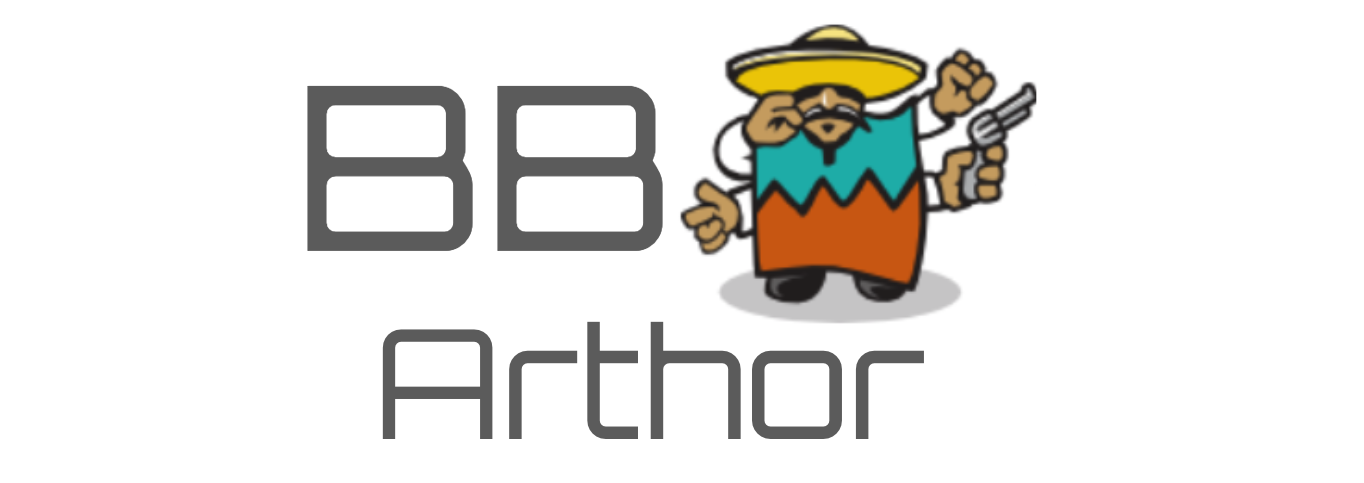
Search commercially available building blocks (reagents) using molecular similarity, substructure or patterns. Arthor from NextMove Software is amazingly fast and powerful.
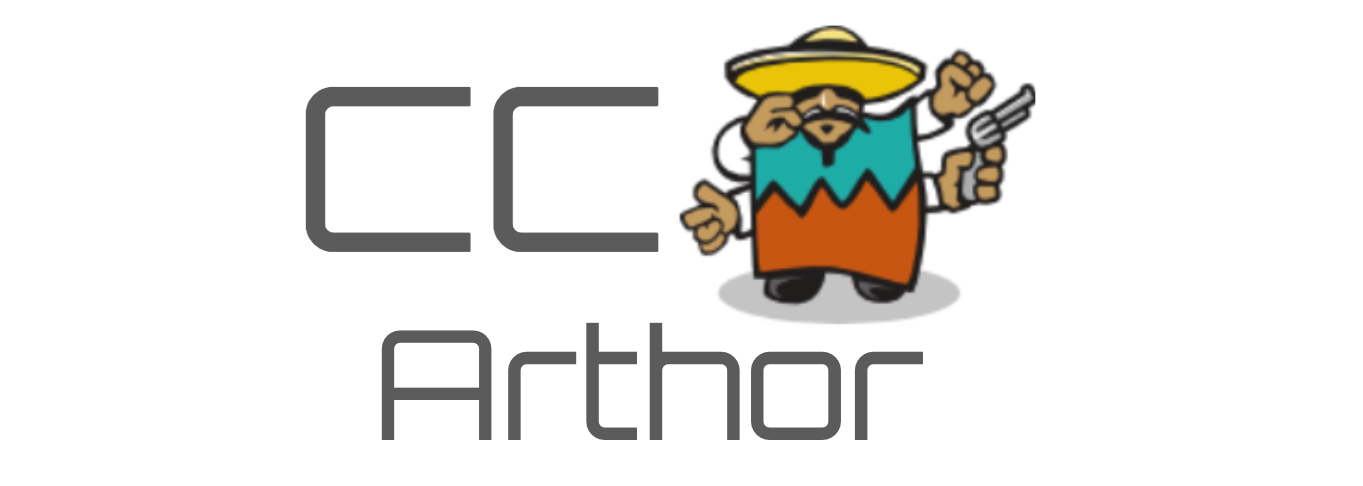
The Chemistry Commons enumerates compounds that can be made in one or two steps from commercially available building blocks. These collections may be searched using NextMove's Arthor, a fast and powerful search engine for similarity, substructure and patterns.
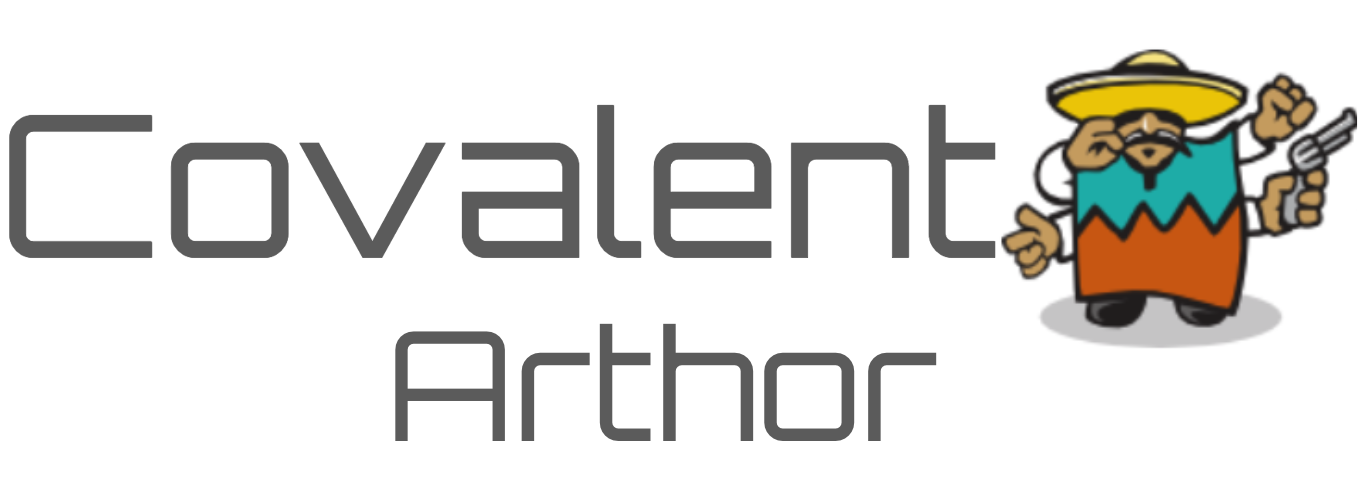
Commercially available covalent ligands are organized here by warhead and searchable using NextMove Software's Arthor program, allowing similarity, substructure and pattern search. Powerful!
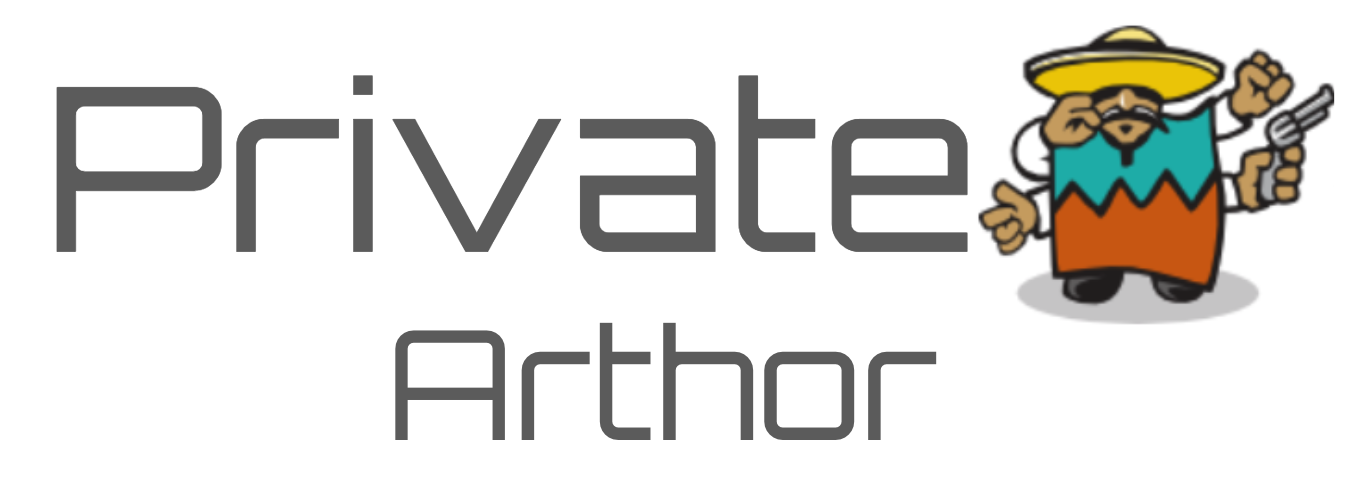
The private Arthor databases protects molecules from being disclosed on the internet and becoming unpatentable. The password is in the supporting information of the ZINC-22 JCIM paper.
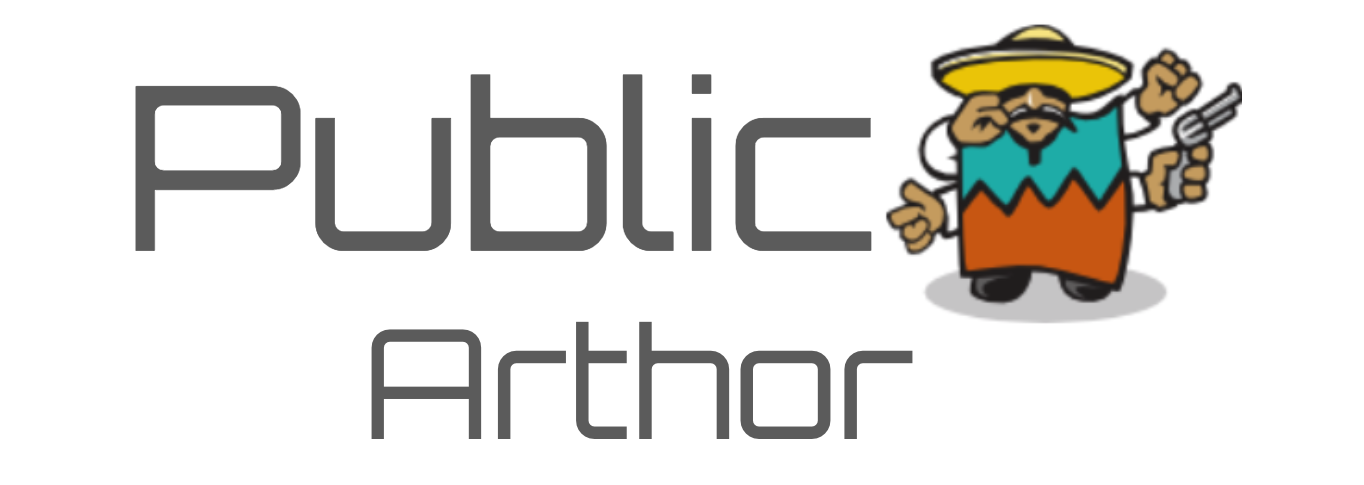
Public Arthor hosts databases like ZINC20 among others than can be searched almost instantly using three types of search: molecular similarity, substructure and pattern matching. Powered by NextMove Software!
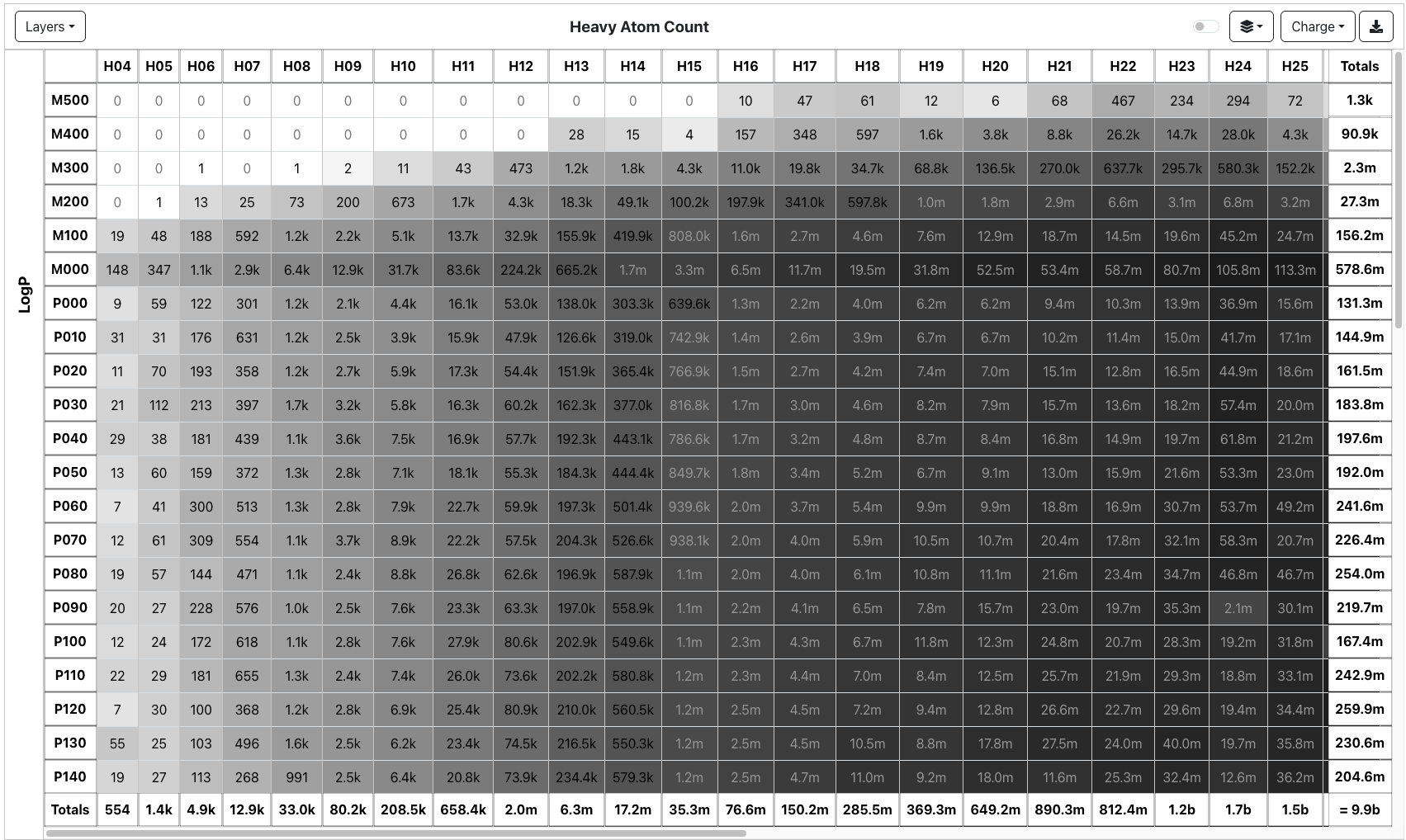
Cartblanche is an interface to ZINC-22, containing over 100 billion 2D and 10 billion 3D molecules, all commercially available. ZINC-22 is free to everyone to use and download.

The Chemistry Commons connects synthetic organic chemists with biologists seeking new reagents for biology, each assisted by their medicinal and computational chemistry colleagues.

A public access service for structure-based ligand discovery. DOCK Blaster aims to answer the question: What small molecules should I purchase and test for activity against my biological target for which I have a structure?
DUDE is a Directory of Useful Decoys, Enhanced. Released in 2012, DUDE has become a popular standard for testing molecular docking, and a helpful tool to avoid artifactually good enrichment that can occur. DUDE has been largely superceded by DUDE-Z.

The next generation of DUDE, a directory of useful decoys. DUDE-Z is designed to help benchmark molecular docking programs by providing challenging decoys.
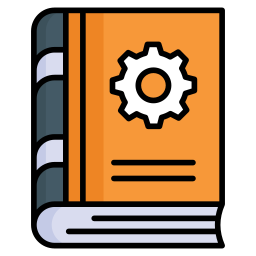
User Manual for Large-Scale Molecular Docking Screens.

The goal of the project is to curate and disseminate information about excipients, the assumed-inactive substances found in food and drugs.
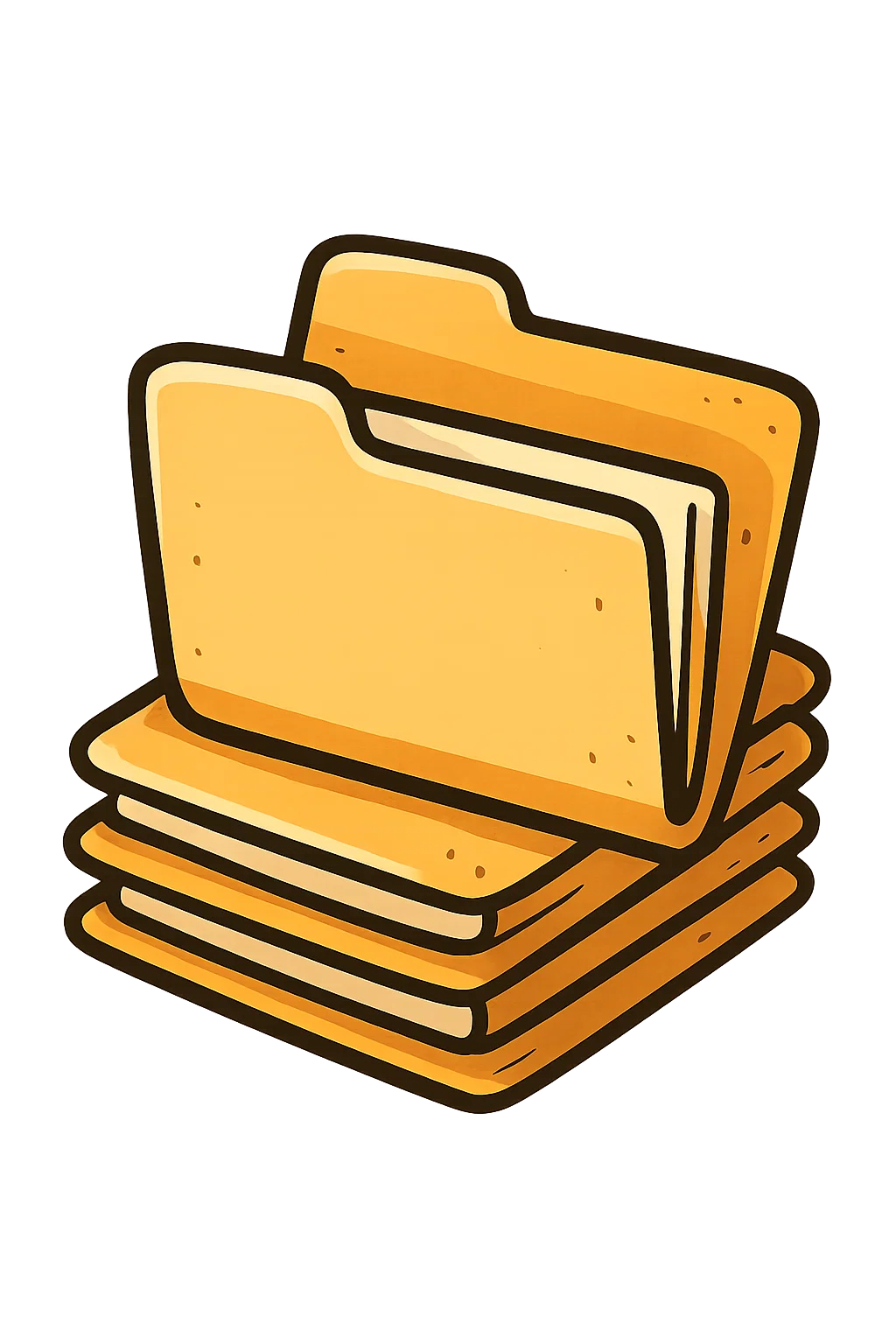
A file server that contains static files to support ZINC, DOCK, DUDE, SEA, DOCK Blaster and other products.
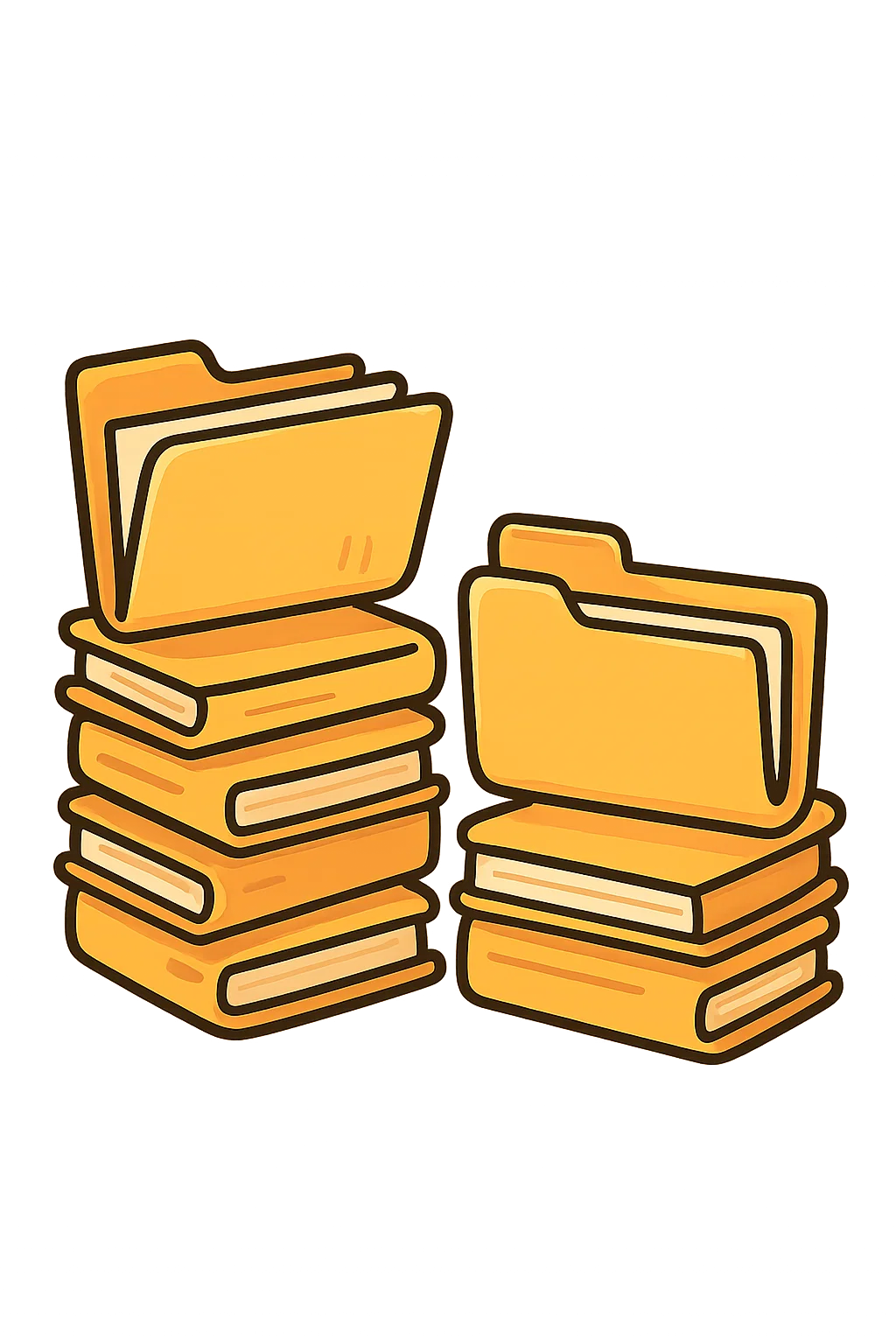
A second file server that contains static files to support ZINC, DOCK, DUDE, SEA, DOCK Blaster and other products.
We develop software tools and databases for ligand discovery and systems pharmacology.
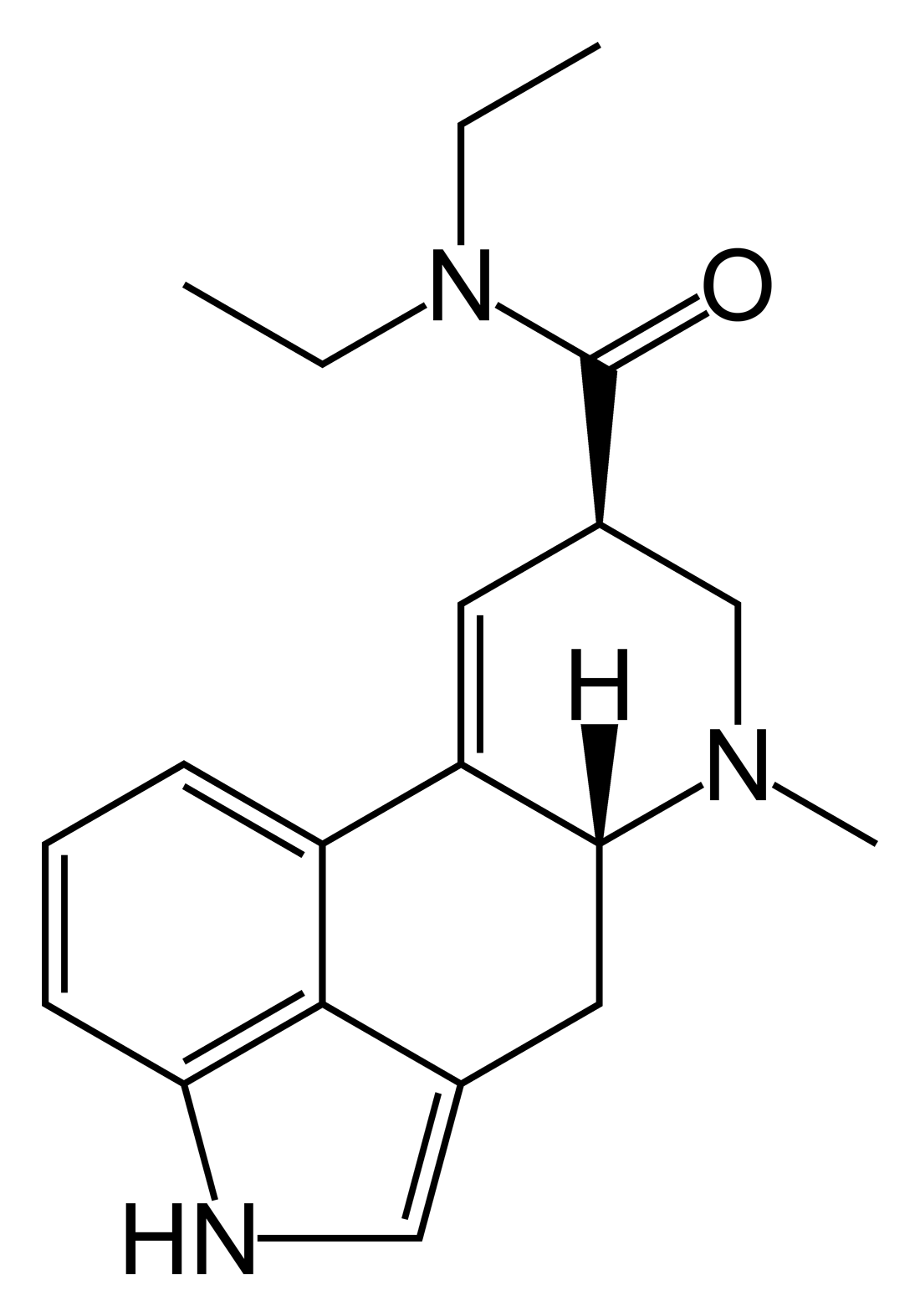
Large Scale Docking (LSD) refers to screening of virtual compound libraries (ZINC15, ZINC22) using the DOCK3.7/3.8 software.

A web service for simplifying the calculation of molecular properties.
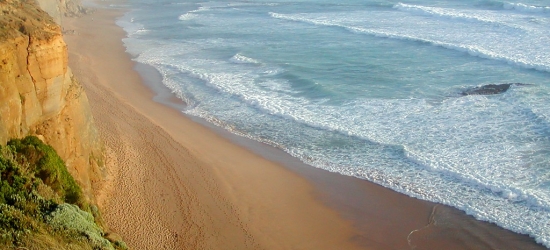
The Similarity ensemble approach relates proteins based on the set-wise chemical similarity among their ligands.
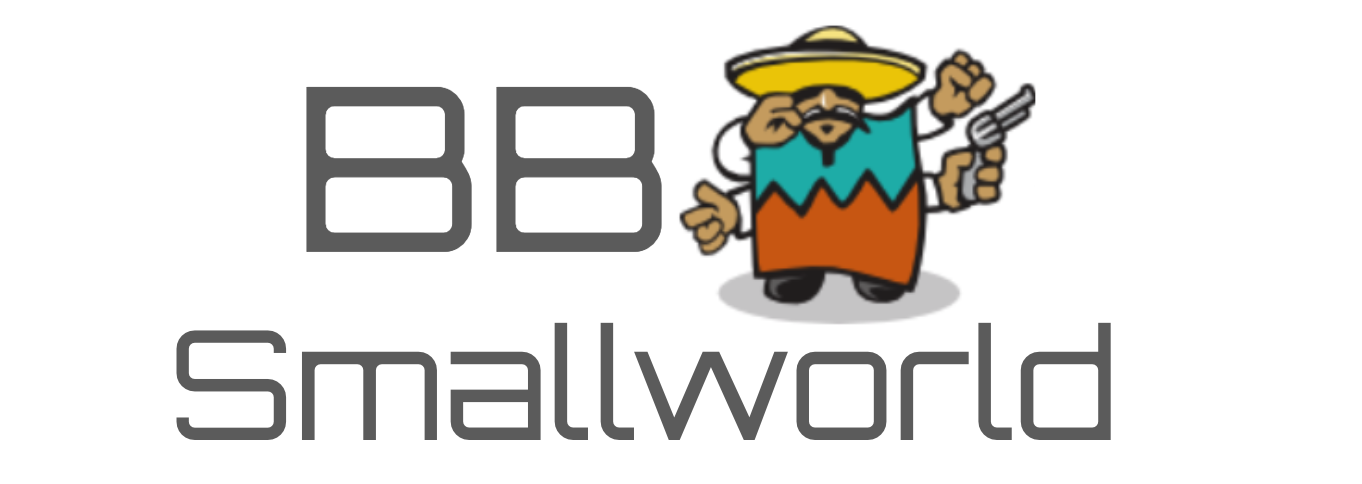
Use SWBB to search for reagents for sale at the gram scale, both in stock and make-on-demand. We thank NextMove Software for access to and support of Smallworld.
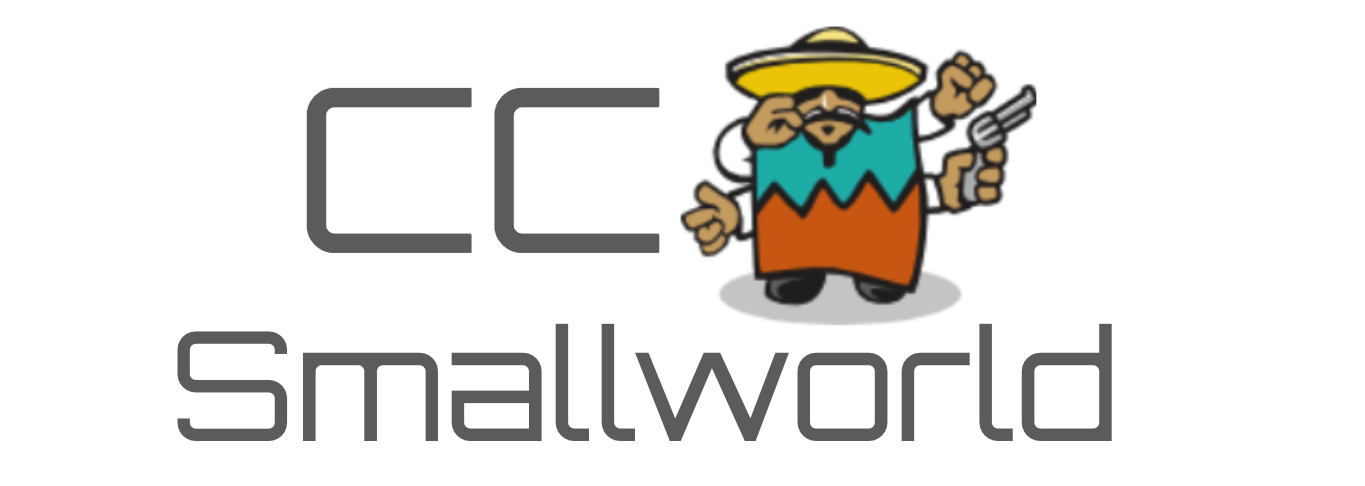
Biologists and Medicinal Chemists! Use SWCC to search bespoke chemistry that can be synthesized in one or two steps from purchasable reagents you find in SWBB. Powered by NextMove!
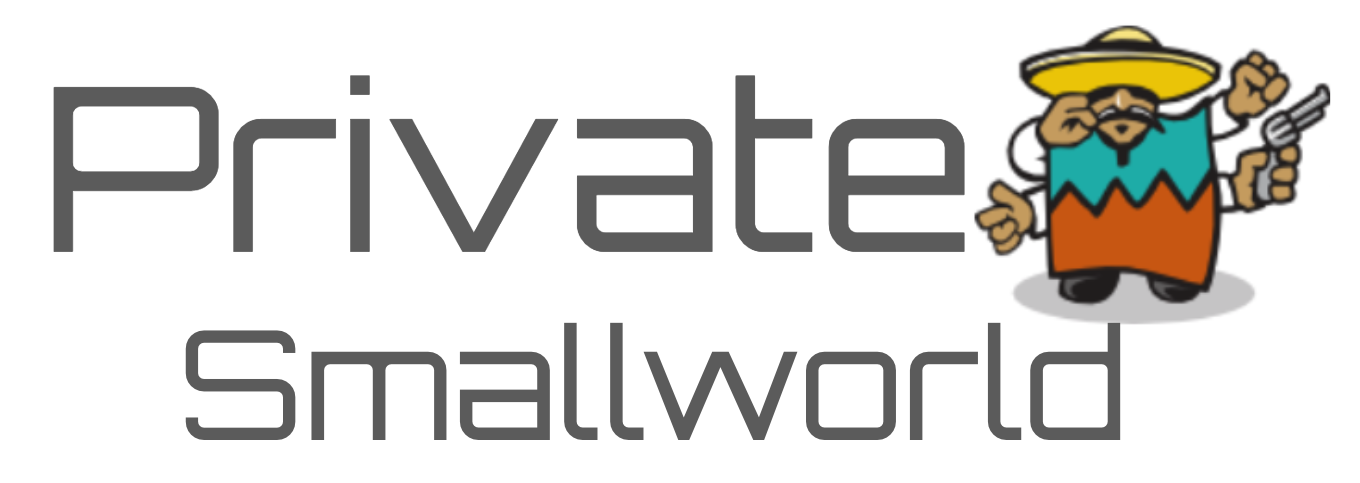
The private Smallworld databases protects molecules from being disclosed on the internet and becoming unpatentable. The password is in the supporting information of the ZINC-22 JCIM paper. Billions and billions served...
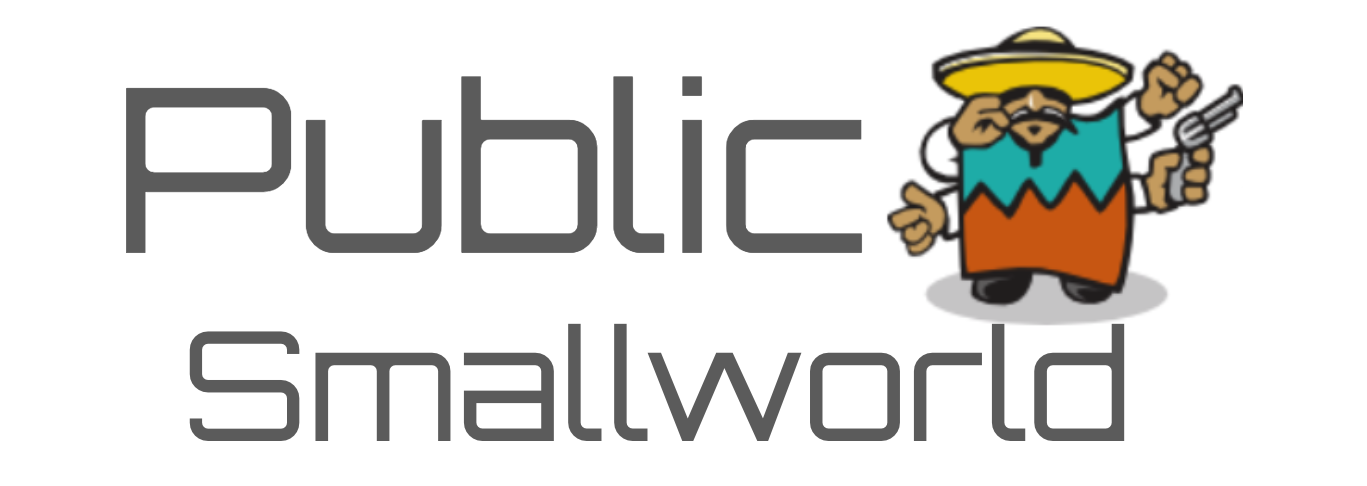
SmallWorld is a chemical database indexing technology that enables rapid 2D similarity queries based upon Graph Edit Distance (GED).
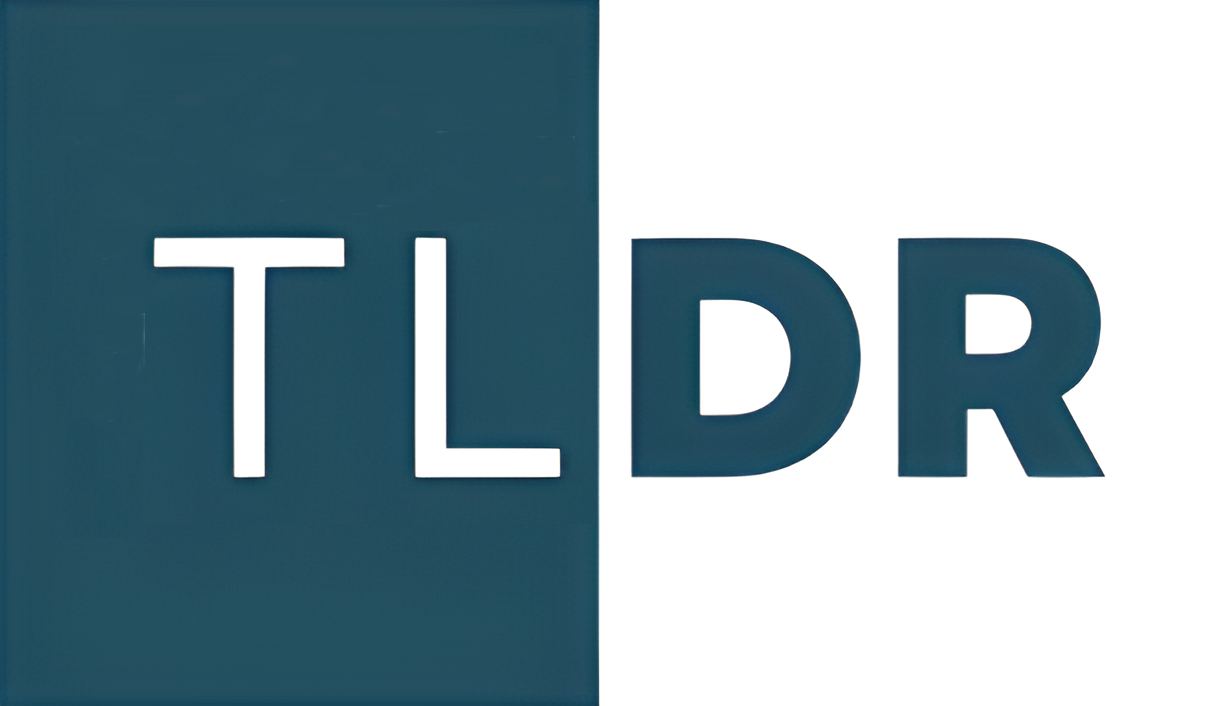
TLDR is a Ligand Discovery Resources. A public access service for computational ligand discovery.
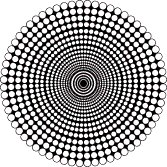
This wiki is our documentation (see also DOCS). If you mange to find a rare or tiny mistale, whether it is deliferate or not, you can fix it. yourself.
A free database of commercially available compounds for virtual screening. Somewhat obsolete, but still somewhat interesting for historical reference. First released in 2010 and still running.

ZINC15 is the old (original) version of ZINC20. It has been frozen since 2018, and is made available for reference.

ZINC20 is the latest database of in stock compounds. Updated weekly. Molecules in ZINC15 that are not in any catalog may be been deleted (if a molecule is missing, look for it in ZINC15)
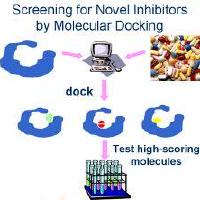
The UCSF DOCK / ZINC / systems pharmacology development team develops software and databases for ligand discovery. Almost all our software is open source and available to fork.